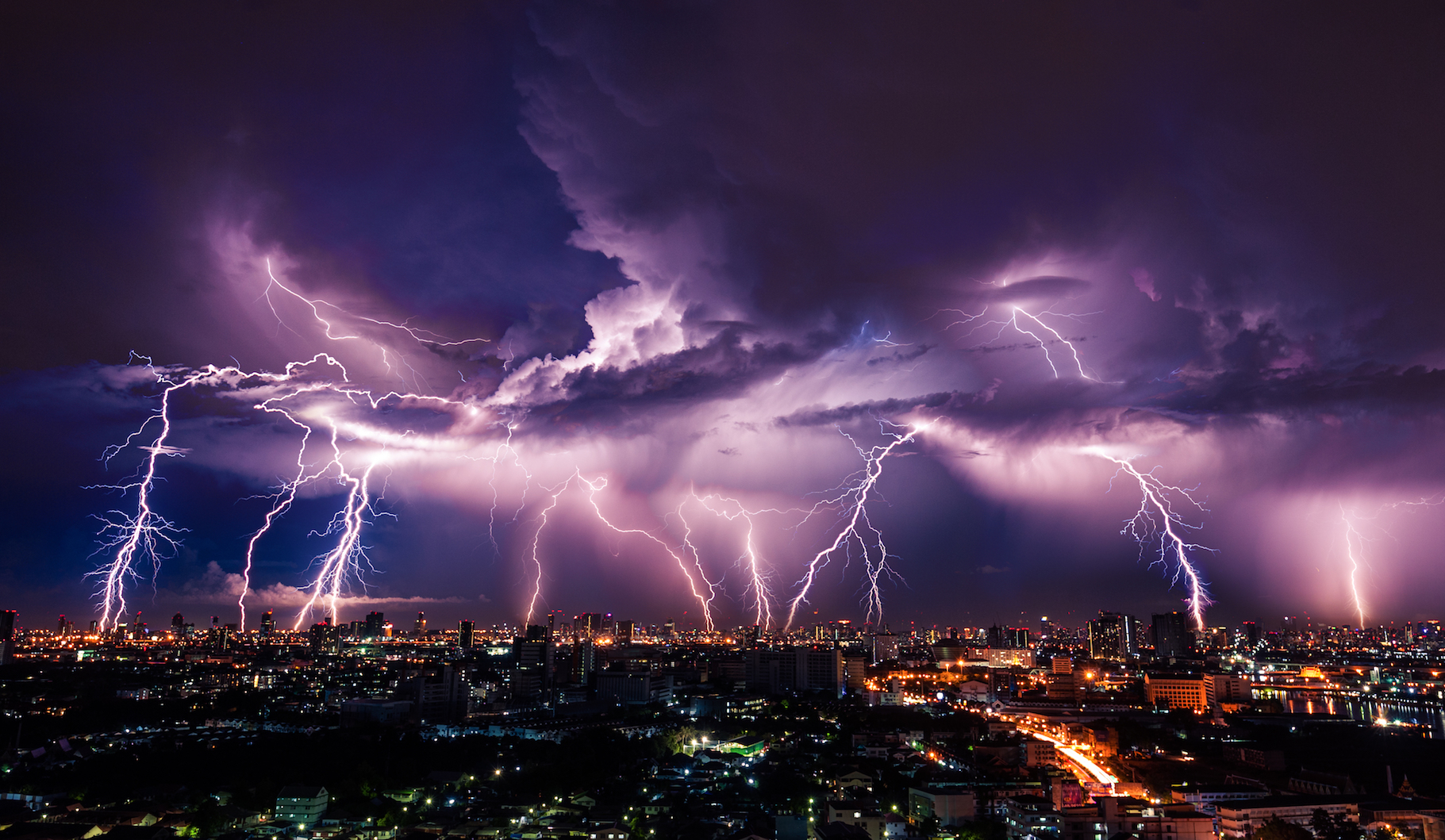
Summer storms to become much more severe in the United States
Severe summer thunderstorms in North America are projected to become larger and much more frequent in the coming decades. As a result, America will experience up to 80 percent more total rainfall by the end of this century.
A mesoscale convective system (MCS) is a group of storms that assemble into one large complex. Over the past 35 years, MCS-organized storms have been increasing in both frequency and severity, according to the study authors.
These major rainfall events result in fatalities and substantial economic losses, causing about $20 billion in damages per year in the United States alone. The scientists explain that MCS-organized storms have been misrepresented in climate models, and so their future projections have been poorly understood.
The research team used high-resolution computer simulations to investigate the impact that climate change will have on these large storms. Their projections showed that that these extreme rainfall events will more than triple in North America. The storms will also become larger, soaking huge regions and entire cities at once.
Andreas Prein is a climate scientist at the National Center for Atmospheric Research and lead author of the study.
“We see increases that are beyond our expectations … far beyond our expectations,” said Prein. “It looks everything that can go wrong does go wrong concerning flooding.”
With the enormity of these storms factored in, the total amount of rainfall in North America will rise at alarming rates by the end of the century. For example, the southern United States will receive 80 percent more rainfall.
Mexico will see a 70 percent increase in rain, while the southwestern United States is projected to receive 60 percent more rainfall. The remaining regions of the United States and Canada will experience 40 percent more total rainfall by the end of the century.
“You can really think about these storms as rivers that come from the skies,” said Prein. “The largest ones are several times the Mississippi River discharge.”
“This is a warning signal that says the floods of the future are likely to be much greater than what our current infrastructure is designed for,” Prein said.
The study is published in the journal Nature.
—
By Chrissy Sexton, Earth.com Staff Writer












